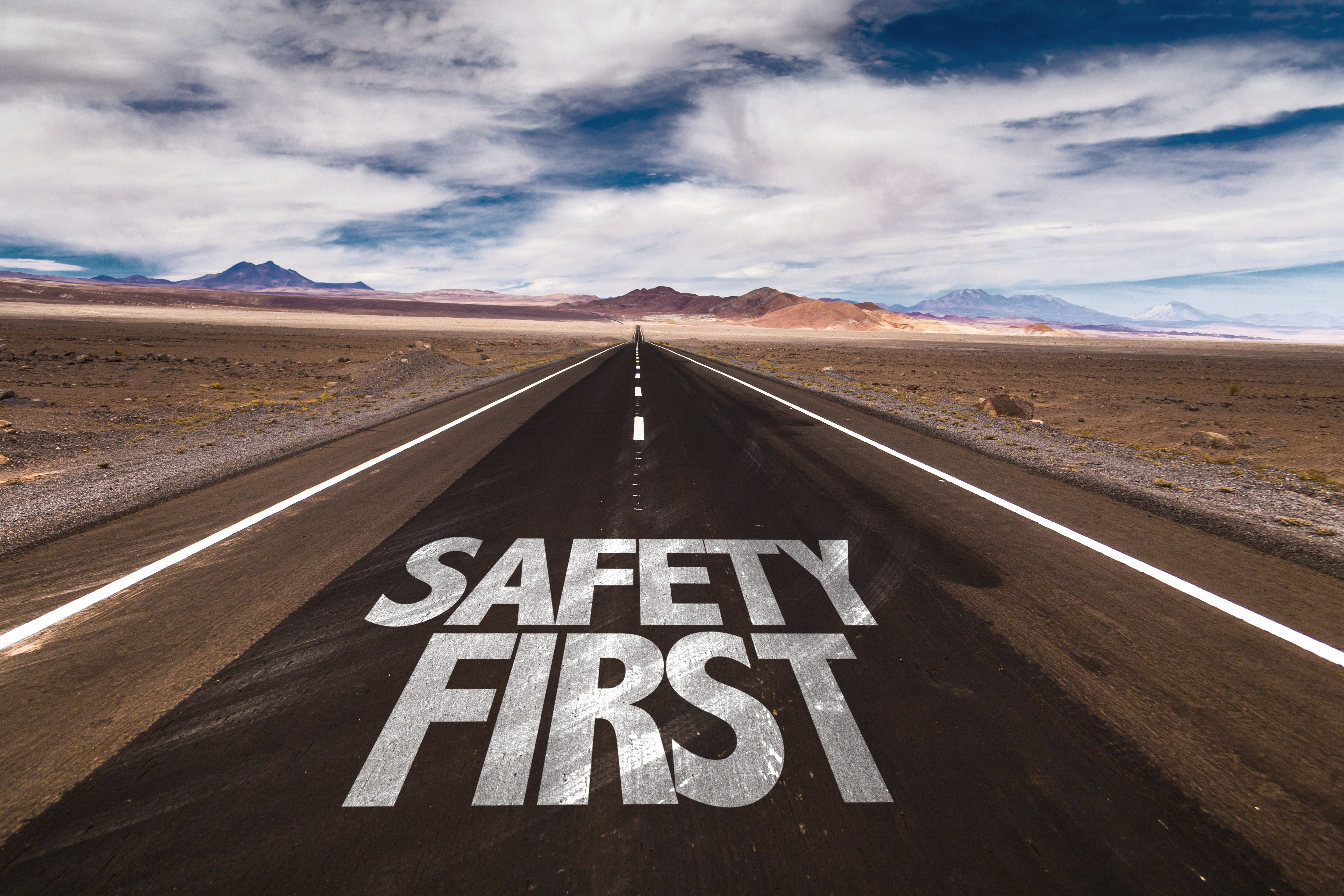There are few networks in the United States that are relied upon as much as its roadway.
As one of the country's most essential infrastructure systems, millions of individuals and businesses rely on roads to conduct daily routines. As a result, our roads are heavily monitored to keep them as safe as can be. But any pedestrian, cyclist or driver can tell you no road is completely risk-free, and much of that has to do with a lack of digitalization.
A recent report by The Brookings Institution, "The Digital Road to Safety," examined the connection between city road safety and data from a variety of public, private and civic perspectives. It found that although data can certainly improve the design and management of city streets as well as behavioral and business practices, the barriers to wide-scale sharing and new system adoption are equally significant.
Data will play a pivotal role in eliminating gaps in road safety, but so will public policy. How data is used and implemented going forward remains to be seen. Keep reading to see some key takeaways from The Brookings Institution's report.
Most safety data in the public sector use lagging indicators, or measures that come after events occur. (Photo: Shutterstock)
|Where road safety can improve
The call to improve road safety comes at a pivotal time for the country. After four decades of steady declines, highway fatalities in the U.S. rose dramatically in 2015. A number of factors — more cars on the road and more in-vehicle distractions, among others — can be attributed to the deteriorating road safety record. As variables on the road grow and greater risks present themselves, implementing data into our roadways can be the great equalizer going forward.
To begin, there must be greater coordination among data collectors. Many organizations — law enforcement, hospitals, insurance companies, and so on — collect data, yet don't share data because there are no legal requirements to do so. To start, coordination could lead to a centralized system which can log traffic safety, crash data and information on relevant road closures and events. Similarly, standard data collection practices must be implemented for greater collaboration.
Most safety data in the public sector use lagging indicators, or measures that come after events occur. This includes crash data or insurance claims. Real-time information can help generate leading indicators, enabling traffic managers to route traffic away from troubled locations, or directly test the effectiveness of new interventions. Incorporating data into our roads can also mitigate areas where there are gaps in existing datasets or help create ones that do not yet exist.
GPS systems offer velocity and acceleration readings to monitor traffic, though wider penetration of mobile phones and sensors will improve the reliability of data. (Photo: Shutterstock)
|Emerging safety data inputs
While many believe autonomous vehicles to be the future of safe driving, other lesser-known advances present new opportunities to improve road safety.
Many drivers today rely on their smartphone to function as a GPS. That, along with a camera recording capability and web accessibility, can enable law enforcement officers to report road crashes with more accurate location data than traditional written reports. GPS systems offer velocity and acceleration readings to monitor traffic, though wider penetration of mobile phones and sensors will improve the reliability of data. Event data recorders, also known as "block boxes," can be found in 90% of new cars and record statistics on speed, acceleration, braking and occupancy in the seconds before, during, and after a crash.
Another form of automated technology, infrared counts, can count pedestrians and cyclists at lower labor costs compared to manual methods. But equipment costs are often high and specialized training may be required for operation. When used in conjunction with GPS data, infrared counters can estimate non-motorized traffic and injury risk at intersections, taking into account the level of infrastructure to support walking and biking.
Other avenues of consideration include CCTV cameras, cellular data and digitized medical records, among others.

America's road safety record may be declining, but fortunately, change is underway. (Photo: Shutterstock)
|Collaborative solutions for the future
While there are many challenges to data sharing — privacy concerns and limited intra- and inter-agency sharing of existing data, to name a few — the time to design collaborative solutions is now.
Evenly distributed data and knowledge among all involved, along with consistent data procurement practices, performance measurements and a continued engagement with more systemic changes will allow local governments and private sector peers to align policies and get the most out of emerging data.
America's road safety record may be declining, but fortunately, change is underway. The emergence of new data inputs, analytical software and highly-trained staff creates new opportunities to deliver safer roads in the digital age.
Want to continue reading?
Become a Free PropertyCasualty360 Digital Reader
Your access to unlimited PropertyCasualty360 content isn’t changing.
Once you are an ALM digital member, you’ll receive:
- Breaking insurance news and analysis, on-site and via our newsletters and custom alerts
- Weekly Insurance Speak podcast featuring exclusive interviews with industry leaders
- Educational webcasts, white papers, and ebooks from industry thought leaders
- Critical converage of the employee benefits and financial advisory markets on our other ALM sites, BenefitsPRO and ThinkAdvisor
Already have an account? Sign In Now
© 2024 ALM Global, LLC, All Rights Reserved. Request academic re-use from www.copyright.com. All other uses, submit a request to [email protected]. For more information visit Asset & Logo Licensing.










